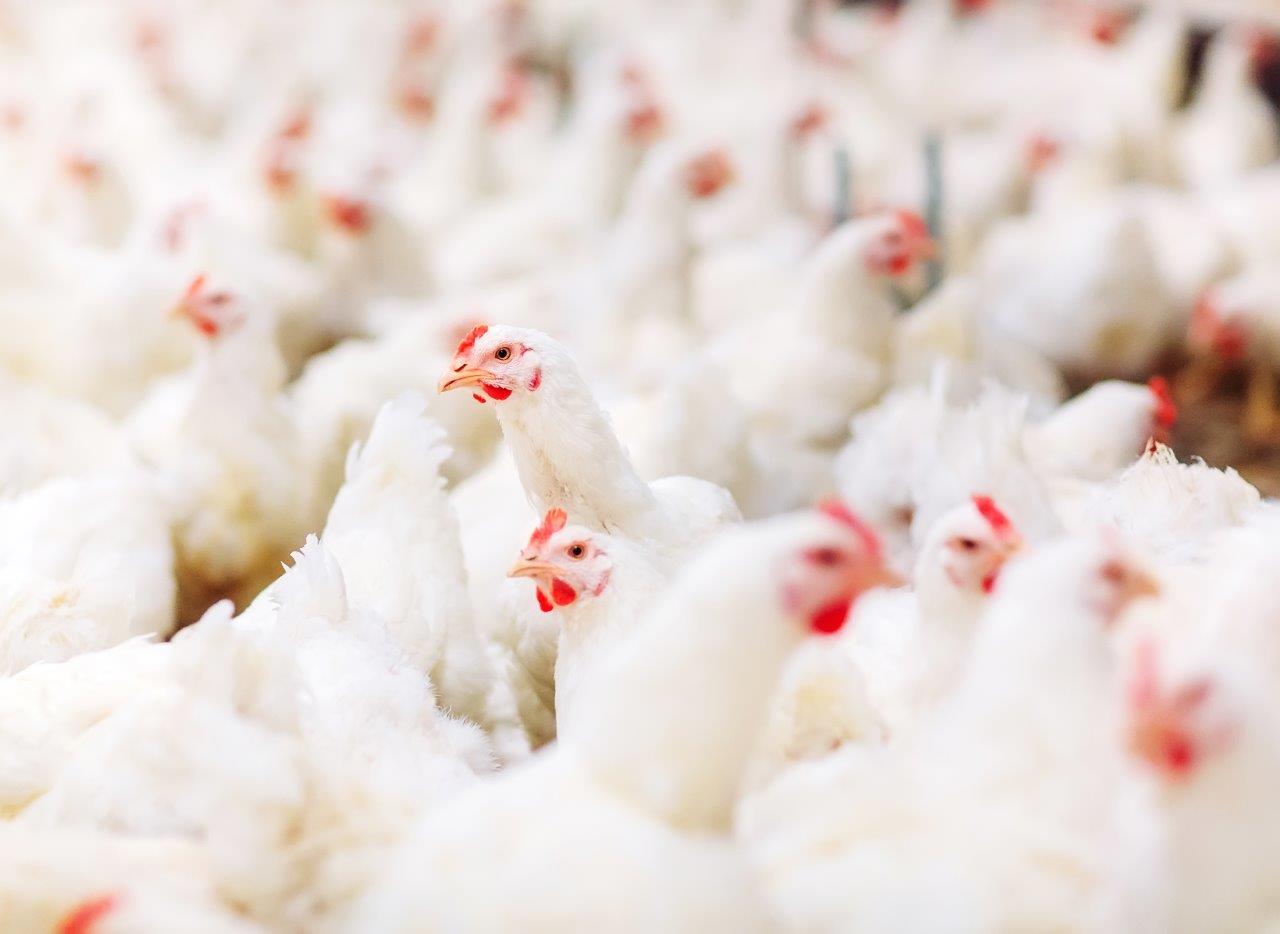Almond hulls
Prunus dulcis
Applied commercially in the chicken meat industry. The results of trials conducted overseas were positive. The results of a trial conducted in Australia were negative—likely due to poor management. Success depends on management. Possible concerns: limited information.
POTENTIAL HAZARDS: Biological contaminants


